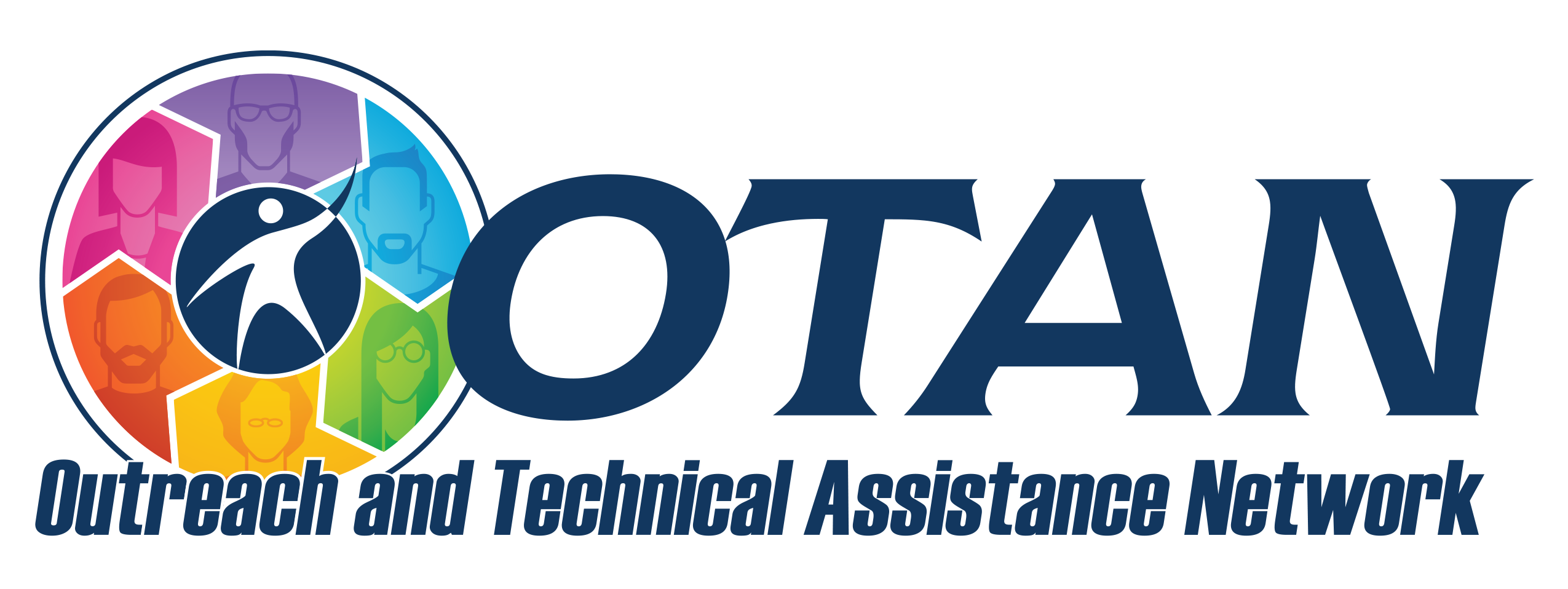Search
Essay Writing
Details
Main Website:
Tech Product/Equipment:
Computer and projector
Activity Description
Learners will learn and practice the steps of Essay Writing. Use Scribbr YouTube videos to introduce the different steps. Scaffolding with a variety of graphic organizers can help learners in each step.
Preparation
- Check the website to ensure it is not blocked at your site.
- Read through the lesson plan.
- Print and make copies of any handouts. There are a variety of scaffolding organizers. Check the documents.
More Ways
Scribbr YouTube Videos to preview and include in your lessons:
- How to Write an Essay: 4 Minute Step-by-Step Guide 4:20
- How to Create a Clearly Structured Essay Outline 3:54
- How to Write an Eye-Catching Essay Introduction 4:33
- How to Write a Strong Thesis Statement 4:12
- How to Write Strong Essay Body Paragraphs 4:28
- How to Write a Topic Sentence 2:10
- How to use Transition Words and Sentences in Essays 3:43
- How to Write a Strong Essay Conclusion 3:51
Program Areas
- ABE: Adult Basic Education
- ESL: English as a Second Language
- ASE: High School Equivalency Preparation
- ASE: High School Diploma
Levels
- All Levels
- Intermediate Low
- Intermediate High
- Advanced

